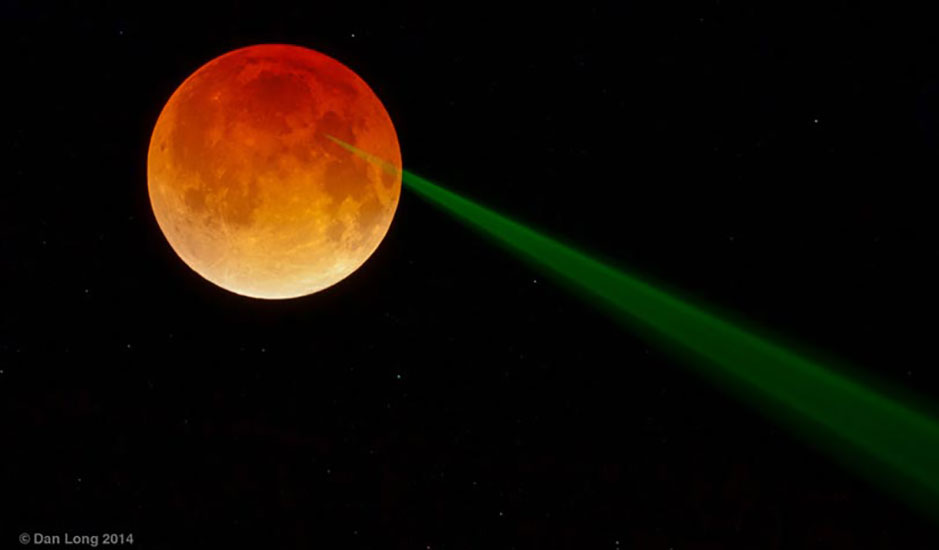James Battat Works on a Project Measuring Earth-Moon Distance to within 1 Millimeter

Have you been watching the new FOX series COSMOS? The work of Annie Jump Cannon (class of 1884) was highlighted in the series’ seventh episode and its first to highlight the contributions of women.
A major portion of the episode, titled “Sisters of the Sun,” followed Annie Jump Cannon and her colleagues in the Harvard College Observatory led by astronomer Edward C. Pickering. The women were referred to as computers because of the intricate data analysis of stars that they completed. Cannon’s greatest contribution was creating the stellar classification system (known as the Harvard classification system), using the mnemonic OBAFGKM. Cannon went on to classify more than a quarter of a million stars in her lifetime, winning national accolades and a permanent position in the Harvard Observatory. On COSMOS, the gifted scientist was represented through animation and voiced on the show by actress Marlee Matlin.
Cannon’s legacy remains vibrant today through Wellesley’s astronomy and astrophysics programs. Based in the beautiful, recently renovated Whitin Observatory, the Astronomy Department offers introductory courses open to all students interested in learning more about the cosmos. Astronomy enthusiasts can major in astronomy or astrophysics (an interdepartmental major between physics and astronomy), taking courses ranging from planetary geology to advanced astrophysics, and engaging in hands-on research with faculty, who often collaborate with other institutions across the country on projects of interplanetary significance.
One such collaboration recently reported interesting findings during a lunar eclipse. Assistant Professor of Physics James Battat, who studies dark matter detection and particle astrophysics, has been a member of the Apache Point Observatory Lunar Laser-ranging Operation (APOLLO) since 2004. “We pulse green laser light from a telescope in New Mexico to the moon and can measure the Earth-Moon distance with a precision of 1 millimeter, by timing the round-trip travel of the pulsed laser light,” he explains. “These measurements constitute precision tests of gravity, in particular Einstein's Theory of General Relativity.”
The light is aimed at suitcase-sized reflectors on the moon, deployed by the Apollo 11, 14, and 15 lunar landing missions, and by two Russian rovers). These are affected by heat and dust, which vary with the thermal conditions of the sun’s light. “By ranging to the moon before, during, and after eclipse,” says Battat, “our collaboration is able to learn a lot about the stability and accuracy of our experiment.” During this observation Battat and team targeted the Apollo 15 reflectors. The laser pulse rate is 20 Hz, but in the long-exposure photo here it looks like a continuous beam. The beam is visible because some of the light is scattered back to the ground by the atmosphere.
Why test gravity anyway? Understanding General Relativity (GR) is essential, for example, in creating an accurate global positioning system. There’s long been a kernel of uncertainty about GR, however; it isn’t entirely compatible with quantum mechanics, a field that has been tested to extremely fine precision. According to the APOLLO website, its work will at the very least “place more stringent constraints on existing and future alternatives to Einstein's theory of gravity.”
